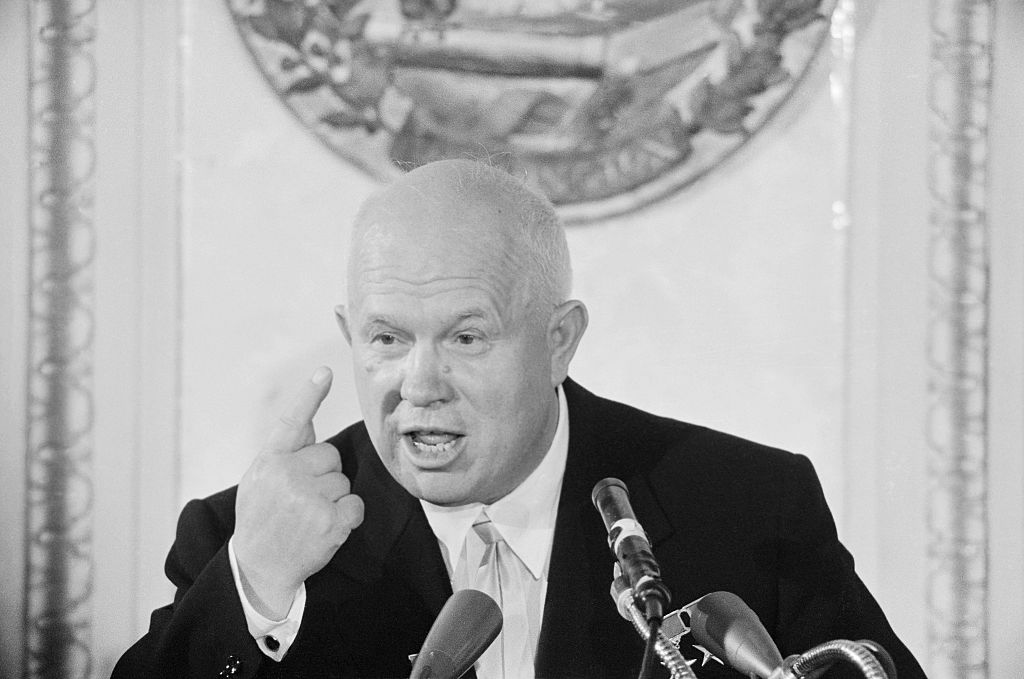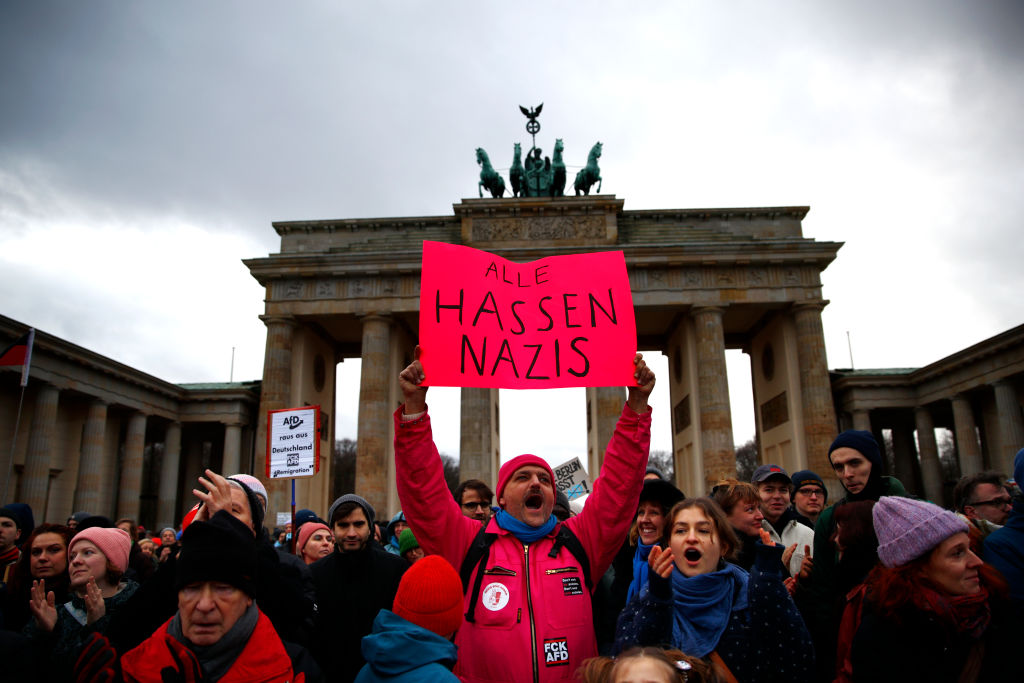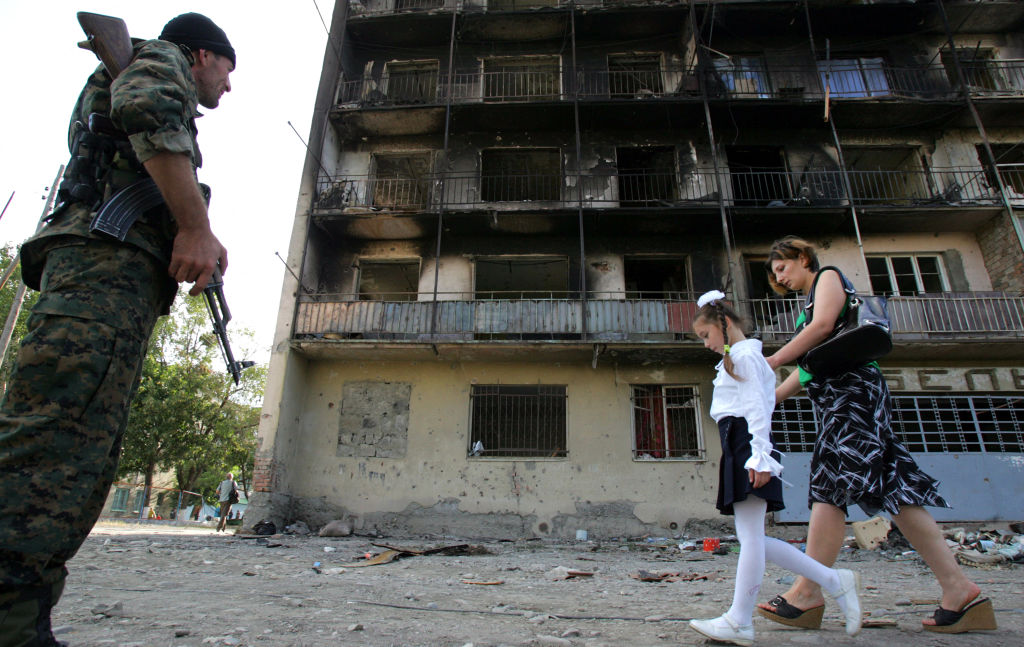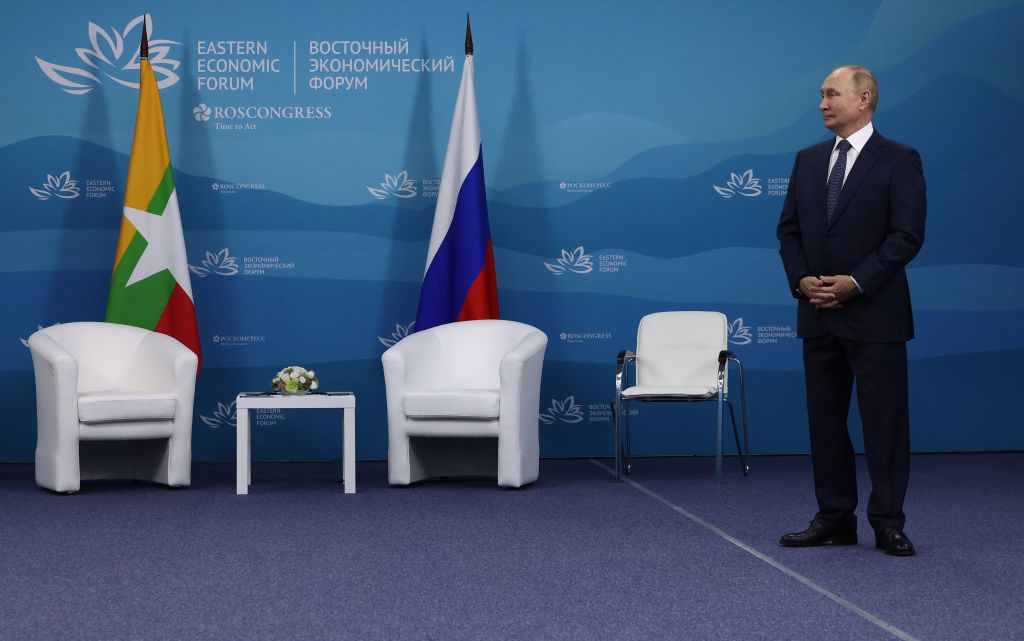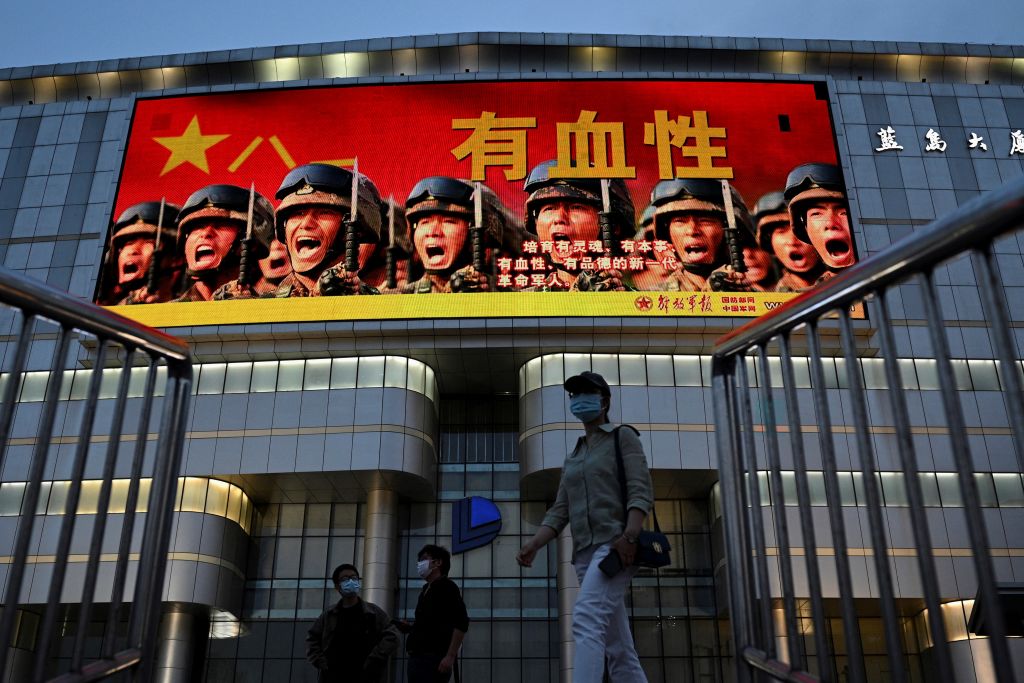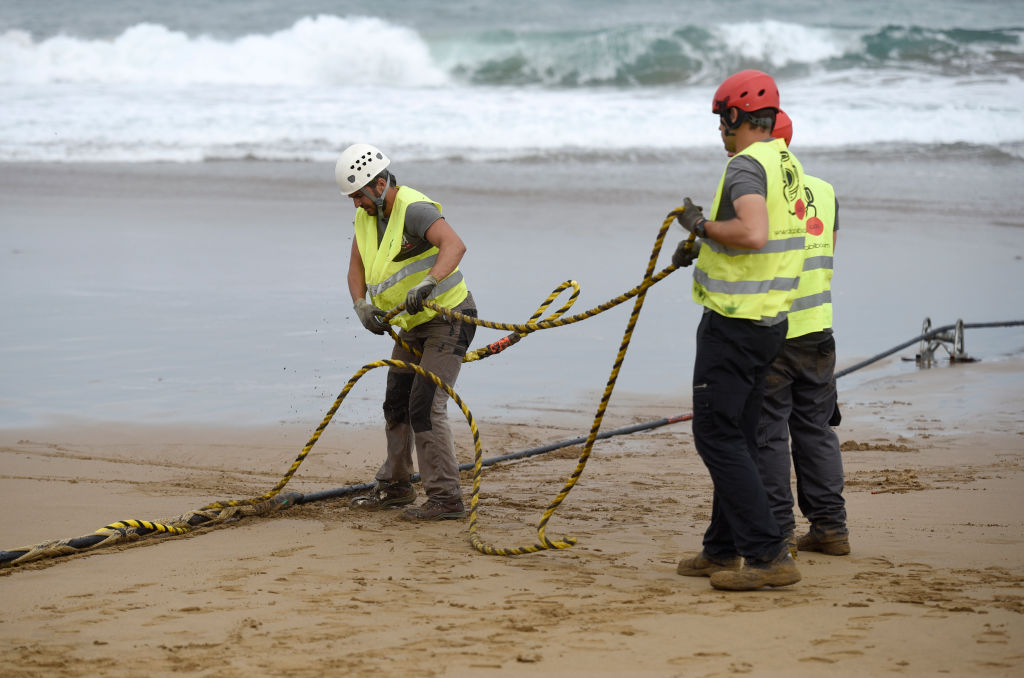Russia will honour Navalny some day

We may never know exactly how and why Alexei Navalny died in the remote Arctic penal colony where he was detained. The communiqué Russian officials issued within two minutes of the popular opposition leader’s reported time of death will never be believed, and the delay in releasing his body to his mother only adds to the suspicion.
Still, we can say for certain that were it not for the Kremlin, Navalny would be alive today. After trying to kill him with a sophisticated nerve agent a few years ago, President Vladimir Putin’s regime had been moving him to increasingly brutal prisons. With Russia holding a presidential ‘election’ this year, it seems Navalny was deemed too dangerous to keep alive.
I first met Navalny in early 2011, when I was invited to address a conference in Moscow honouring the memory of Andrei Sakharov, the father of the Soviet hydrogen bomb who went on to become an exponent of the liberal opposition in the late-Soviet era. In fact, Navalny was one of the main reasons why I made the trip. He had started to make a name for himself, and we arranged a breakfast that turned into a long conversation.
While the old dissident generation had fought the Soviet regime with pens and words, Navalny represented something different and new. His weapon was the documentary exposé. He went to great lengths to uncover the corruption and wealth of the ruling elite, then used those revelations to mobilise popular anger against a regime that was not only cementing its power but also brazenly enriching itself. His methods were those of an accountant or a lawyer: compiling the facts, following the money, exposing the schemes, and tracking the networks of corruption.
Some within the old opposition circles regarded him with suspicion. Their methods were nothing like his, and they never matched his ability to mobilise such broad swaths of the population. But listening to his determination and strategy, it was obvious to me that he had the makings of a future leader.
We met only a few more times in the years that followed. He wasn’t the kind of man who frequented international conferences or diplomatic gatherings. His life was spent inspiring people and organising across his vast country. Those efforts were punctuated by stints in prison on trumped up charges. But even then, he used his time, his charm, and his persuasive power to bring his jailers around to his view.
My contact with him was not popular with the authorities. After our first meeting, a paper close to the regime claimed to have come across a transcript of our breakfast. It published an attack on him, me, and Sweden, though without offering anything particularly sensational from the long FSB (Russian security service) intercept.
Our last meeting was the same. By then, Russia had taken a darker turn, and we had to make our arrangements with care, fearing FSB skullduggery (which had become a pattern). In the event, our plans worked well. We spent a long time discussing Russia’s political future and the danger of the regime’s obsession with Ukraine, and Navalny departed without any problems.
Three days later, however, Russia’s main Kremlin-aligned TV news channel opened its broadcast with photos from hidden cameras and another lengthy attack on me, Navalny, and our alleged plots against Russia. Since we had switched our meeting location just minutes before, the cameras and microphones had caught only glimpses of us disappearing into the new room. This may have made it look more suspicious than it really was. We would have gladly shared our views with the security services, but their incompetence prevented that.
Navalny could inspire and mobilise people like no other opposition leader in Russia. That is why the regime always went to such lengths to prevent him standing in any election. One occasion when he did make it on to the ballot was the 2013 Moscow mayoral election. Despite massive efforts by the regime to suppress the opposition vote, he received nearly one-third of the final tally. We will never know whether Navalny would have been elected president in a free Russia. But I have no doubt that he would have stood a good chance. He was the most talented politician in the country.
In a lengthy commentary he penned from prison, he made it clear that ending the war Putin had started against Ukraine—not even getting rid of Putin himself—was a precondition for the better Russia he sought. He attributed Russia’s current condition to a political system with an extreme concentration of power and outlined a vision of a Russia with an open parliamentary system of government. Only with a new political model, in his view, would Russia ‘cease to be an instigator of aggression and instability’.
Now Navalny is no more. But there is no doubt that his legacy will live on, haunting the regime as it hides behind the big walls of the Kremlin. One day, in another Russia, he will receive the honour he deserves.

